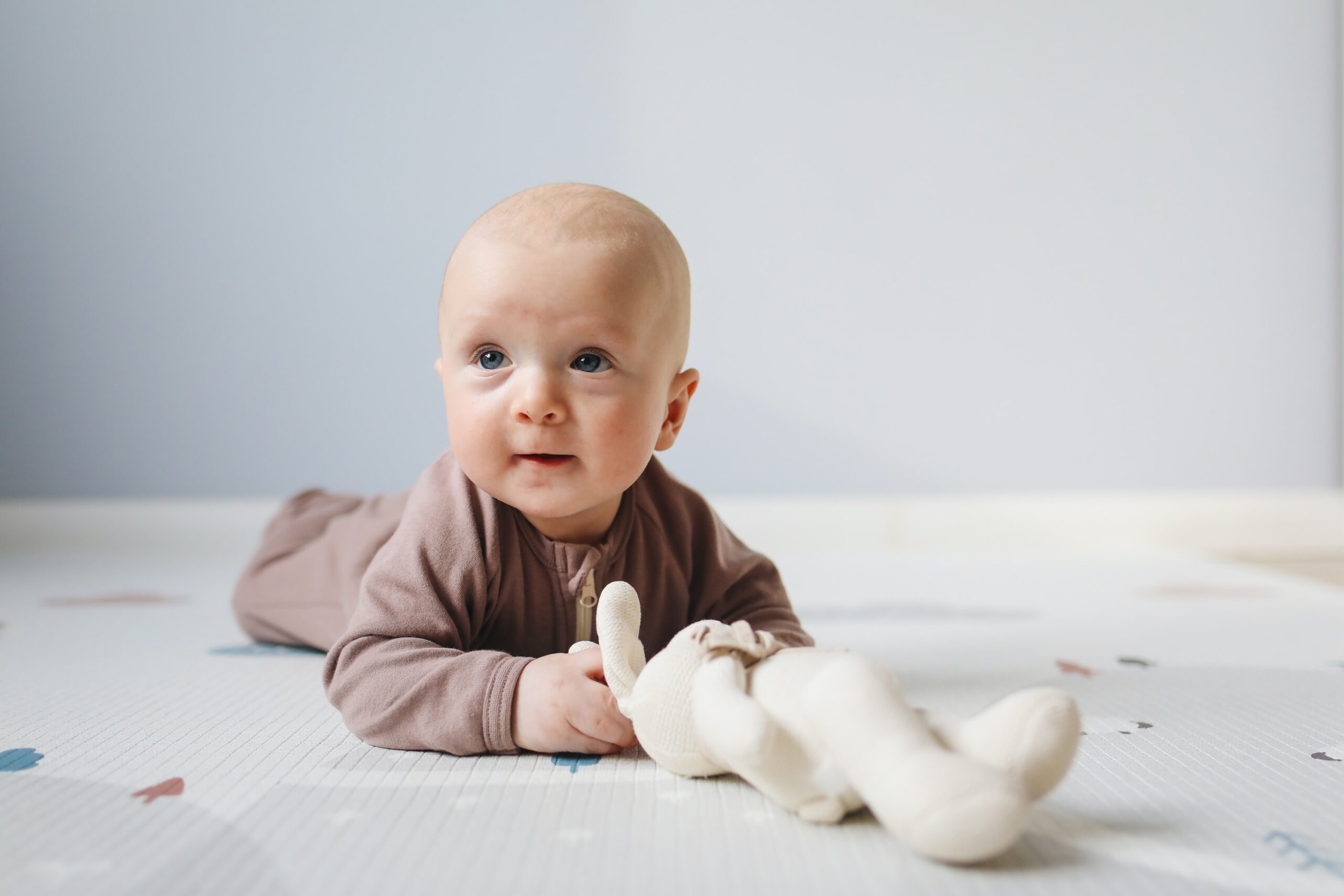The importance of movement
Since 1976, we have helped thousands of children reach their potential by equipping parents, educators and teachers with neurodevelopmental movement programs that improve children’s concentration, learning and behaviour.
Our Early Years and School Programs support the holistic development of the child, providing tools that enhance vestibular function, balance and posture, fine and gross motor skills and coordination. This lays the foundation for enhanced self-regulation and cognitive capacity, creates better conditions for learning, and enables teachers to focus on teaching.
- Movement affects learning, attention & behaviour
- Neurodevelopmental movement programs impact positively on motor skills, social and emotional learning, self-regulation and executive function


The Challenge: preparing children for learning
At least 1 in 5 children need help

Committed to evidence based practice
Our own preliminary trials of the programs, together with independent trials by a number of schools have demonstrated positive results for the impact on self-regulation and academic performance.
We are committed to ongoing research and are currently working with an Australian university to conduct a comprehensive trial of the Early Years Program in 2025.
- Supported by expanding neurodevelopmental research
- Strong body of anecdotal evidence
- We are continually improving methodologies, based on new research findings, feedback from classroom teachers and our own private practice

Addressing developmental immaturities
Teachers are responding to a growing number of children who are simply not ready for school, despite their age. These children present with poor concentration, poor physical ability, speech and language delays and poor sensory motor development.
- Our programs use a neurodevelopmental view of child development
- Activities are based on sequential developmental patterns in infancy, including midline crossing and coordination
- Strengthen cognitive abilities, stimulate executive functioning, social emotional learning and self-regulation skills

Meaningful engagement with communities
We are committed to inclusiveness and the meaningful engagement of parents and the broader community in the delivery of the programs.
We provide the opportunity for parents and community members to come together with kindergarten and school staff to learn how the programs work, provide input about any particular needs of the community, and make suggestions for varying the delivery of the programs to respond to these needs.
- Families are supported with activities to help their children at home
- There is continuity and collaboration as positive skills and habits developed in the early years are reinforced as children grow
- It takes a village to raise a child

Sally Norman, Program Director, Renown Kindergarten, South Yarra
The team at Renown undertook the Learning Connections training with the intention of learning strategies and techniques to support one individual child. However, we soon learnt how beneficial this program is for all children in our care. We have continued to implement strategies and techniques into our programs, so much so that they are now permanent fixtures for learning. We have purchased equipment and resources to help support this practice and we have noticed such significant positive changes to not only the way in which we teach but the behaviours that we see within our classes. I can highly recommend the training delivered by Learning Connections.
An ideal investment for children and teachers
References
Ayres, J. (2000). Sensory Integration and the Child (4th Edition).
Best, J. R. (2010). Effects of Physical Activity on Children’s Executive Function: Contributions of Experimental Research on Aerobic Exercise. Developmental Review. https://www.ncbi.nlm.nih.gov/pmc/articles/PMC3147174/
Blair, C., & Cybele Raver, C. (2015). School readiness and self-regulation: A developmental psychobiological approach. Annual Review of Psychology, 66, 711–731. https://doi.org/10.1146/ANNUREV-PSYCH-010814-015221
Blair, C., & Ku, S. (2022). A Hierarchical Integrated Model of Self-Regulation. Frontiers in Psychology, 13, 245. https://doi.org/10.3389/FPSYG.2022.725828/BIBTEX
Diamond, A. (2013). Executive Functions. Https://Doi.Org/10.1146/Annurev-Psych-113011-143750, 64, 135–168. https://doi.org/10.1146/ANNUREV-PSYCH-113011-143750
Diamond, A. (2015). Effects of Physical Exercise on Executive Functions: Going beyond Simply Moving to Moving with Thought. Annals of Sports Medicine and Research, 2(1), 1011. /pmc/articles/PMC4437637/
Goddard, S. (2005). Reflexes, learning and behaviour. A window into the child’s mind. 2nd. Edition. Eugene Oregon: Fern Ridge Press.
Macdonald, K., Milne, N., Orr, R., & Pope, R. (2018). Relationships between Motor Proficiency and Academic Performance in Mathematics and Reading in School-Aged Children and Adolescents: A Systematic Review. International Journal of Environmental Research and Public Health, 15(8). https://doi.org/10.3390/IJERPH15081603
McClelland, M. M., & Cameron, C. E. (2019). Developing together: The role of executive function and motor skills in children’s early academic lives. Early Childhood Research Quarterly, 46, 142–151. https://doi.org/10.1016/J.ECRESQ.2018.03.014
Robinson, L. E., Palmer, K. K., & Bub, K. L. (2016). Effect of the Children’s Health Activity Motor Program on Motor Skills and Self-Regulation in Head Start Preschoolers: An Efficacy Trial. Frontiers in Public Health, 4. https://doi.org/10.3389/FPUBH.2016.00173
Williams, J. (2015). Does a neurodevelopmental movement program affect Australian school children’s academic performance? Unlocking Potential: A report. Australian Journal of Child and Family Health Nursing, 12(2), 12–18. https://search.informit.org/doi/10.3316/INFORMIT.760862878307409


Ready to talk?
The simple way to bring about positive change in your school or kindy is to call us for an obligation-free chat about implementing the Early Years or School Program. We train your staff in the delivery of the Program with personalised workshops at your location or in your town.
